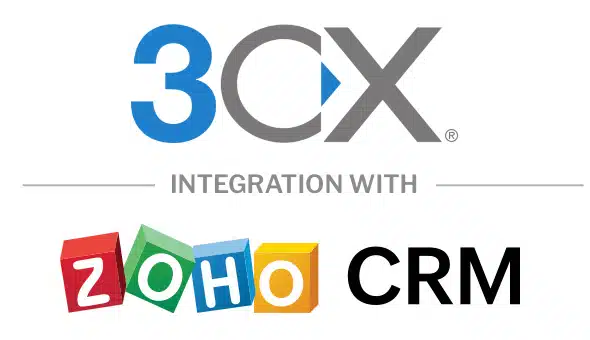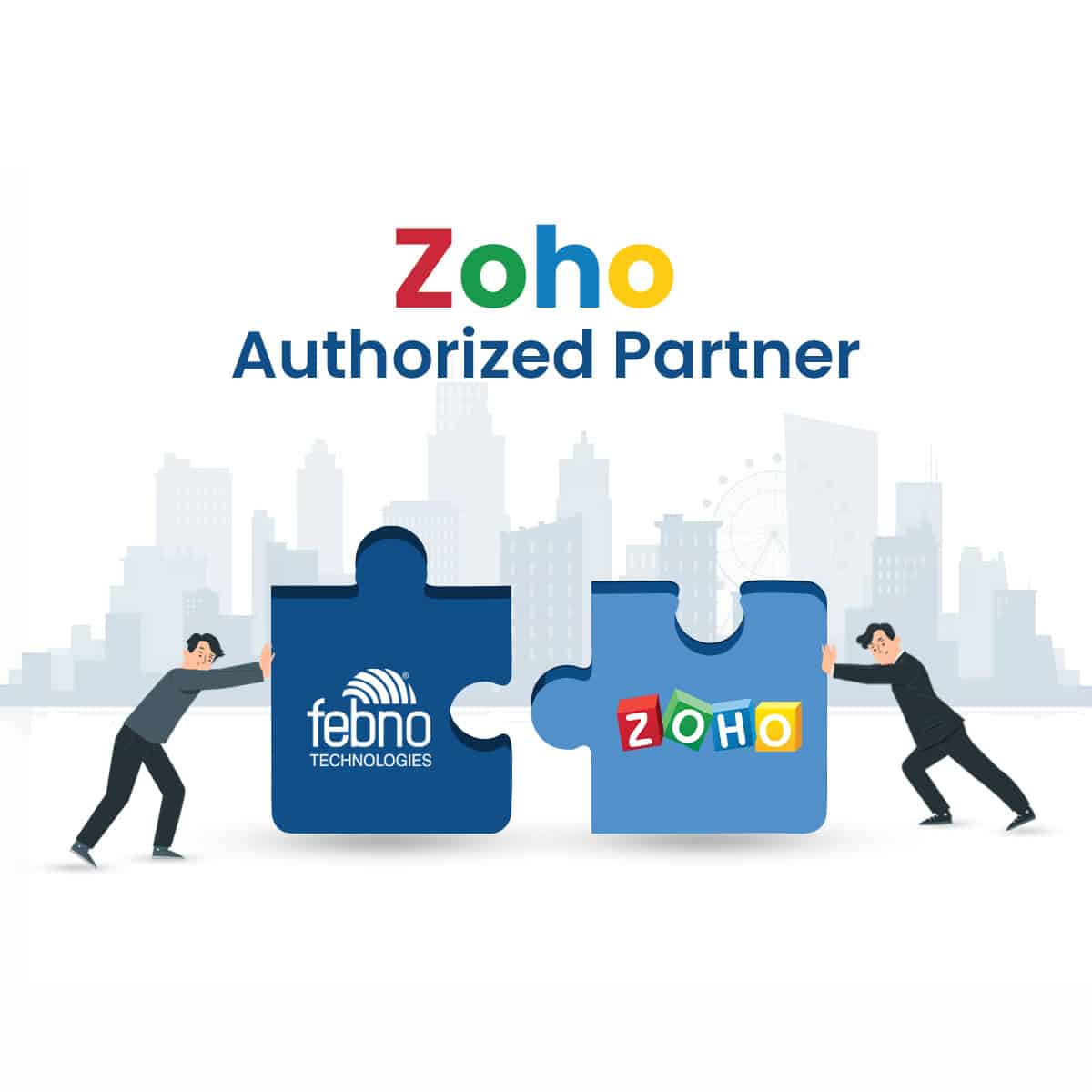Microsoft Azure -Solutions and guidance to help content producers and creators work remotely
The global health pandemic has impacted every organization on the planet—no matter the size—their employees, and the customers they serve. The emphasis on social distancing and shelter in place orders have disrupted virtually every industry and form of business. The Media & Entertainment (M&E) industry is no exception. Most physical productions have been shut down for the foreseeable future. Remote access to post-production tools and content is theoretically possible, but in practice is fraught with numerous issues, given the historically evolved, fragmented nature of the available toolsets, vendor landscape, and the overall structure of the business
At the same time, more so today than ever before, people are turning to stories, content, and information to connect us with each other. If you need help or assistance with general remote work and collaboration, please visit this blog.
If you’d like to learn more about best practices and solutions for M&E workloads, such as VFX, editorial, and other post-production workflows—which are more sensitive to network latency, require specialized high-performance hardware and software in custom pipelines, and where assets are mostly stored on-premises (sometimes in air-gapped environments)—read on.
First, leveraging existing on-premises hardware can be a quick solution to get your creative teams up and running. This works when you have devices inside the perimeter firewall, tied to specific hardware and network configurations that can be hard to replicate in the cloud. It also enables cloud as a next step rather than a first step, helping you fully leverage existing assets and only pay for cloud as you need it. Solutions such as Teradici Cloud Access Software running on your artists’ machines enables full utilization of desktop computing power, while your networking teams provide a secure tunnel to that machine. No data movement is necessary, and latency impacts between storage and machine are minimized, making this a simple, fast solution to get your creatives working again. For more information, read Teradici’s Work-From-Home Rapid Response Guide and specific guidance for standalone computers with Consumer Grade NVIDIA GPUs.
Customers who need to enable remote artists with cloud workstations, while maintaining data on-premises, can also try out an experimental way to use Avere vFXT for Azure caching policies to further reduce latency. This new approach optimizes creation, deletion, and listing of files on remote NFS shares often impacted by increased latency.
Second, several Azure partners have accelerated work already in progress to provide customers with new remote options, starting with editorial.
- Avid has made their new Avid Edit on Demand solution immediately available through their Early Access Program. This is a great solution for broadcasters and studios who want to spin up editorial workgroups of up to 30 users. While the solution will work for customers anywhere in the world, it is currently deployed in US West 2, East US 2, North Europe, and Japan East so customers closest to those regions will have the best user experience. You can apply to the Early Access Program here, and applications take about two days to process. Avid is also working to create a standardized Bring Your Own License (BYOL) and Software as a Service (SaaS) that addresses enterprise post-production requirements.
- Adobe customers who purchase Creative Cloud for individuals or teams can use Adobe Premiere Pro for editing in a variety of remote work scenarios. Adobe has also extended existing subscriptions for an additional two months. For qualified Enterprise customers who would like to virtualize and deploy Creative Cloud applications in their environments, Adobe wanted us to let you know, “it is permitted as outlined in the Creative Cloud Enterprise Terms of Use.” Customers can contact their Adobe Enterprise representative for more details and guidance on best practices and eligibility.
- BeBop, powered by Microsoft Azure, enables visual effects artists, editors, animators, and post-production professionals to create and collaborate from any corner of the globe, with high security, using just a modest internet connection. Customers can remotely access Adobe Creative Cloud applications, Foundry software, and Autodesk products and subscriptions including Over the Shoulder capabilities and BeBop Rocket File Transfer. You can sign up at Bebop’s website.
- StratusCore provides a comprehensive platform for the remote content creation workforce including industry leading software tools through StratusCore’s marketplace; virtual workstation, render nodes and fast storage; project management, budget and analytics for a variety of scenarios. Individuals and small teams can sign up here and enterprises can email them here.
Third, while these solutions work well for small to medium projects, teams, and creative workflows, we know major studios, enterprise broadcasters, advertisers, and publishers have unique needs. If you are in this segment and need help enabling creative—or other Media and Entertainment specific workflows for remote work—please reach out to your Microsoft sales, support, or product group contacts so we can help


 AR
AR  EN
EN









